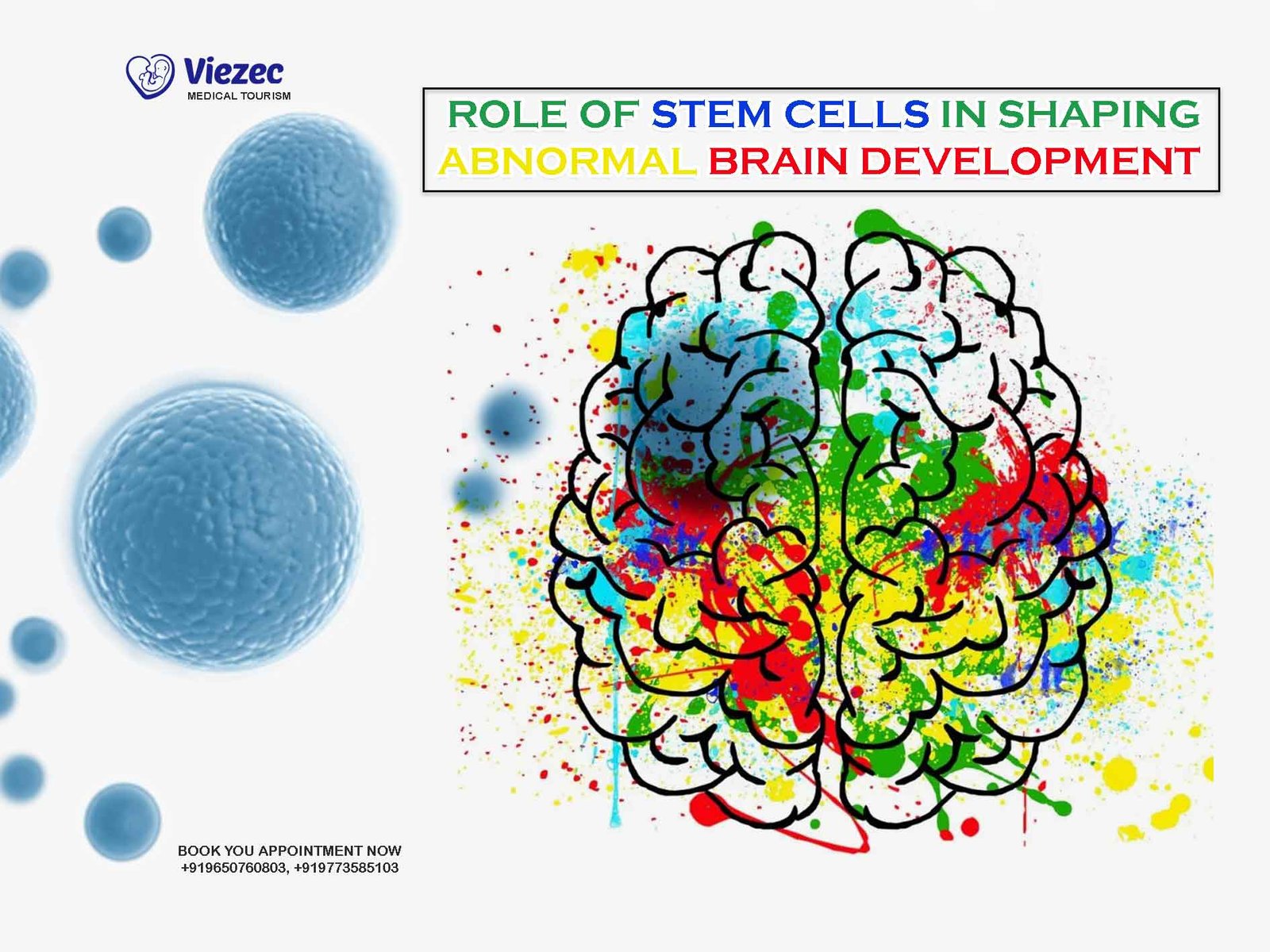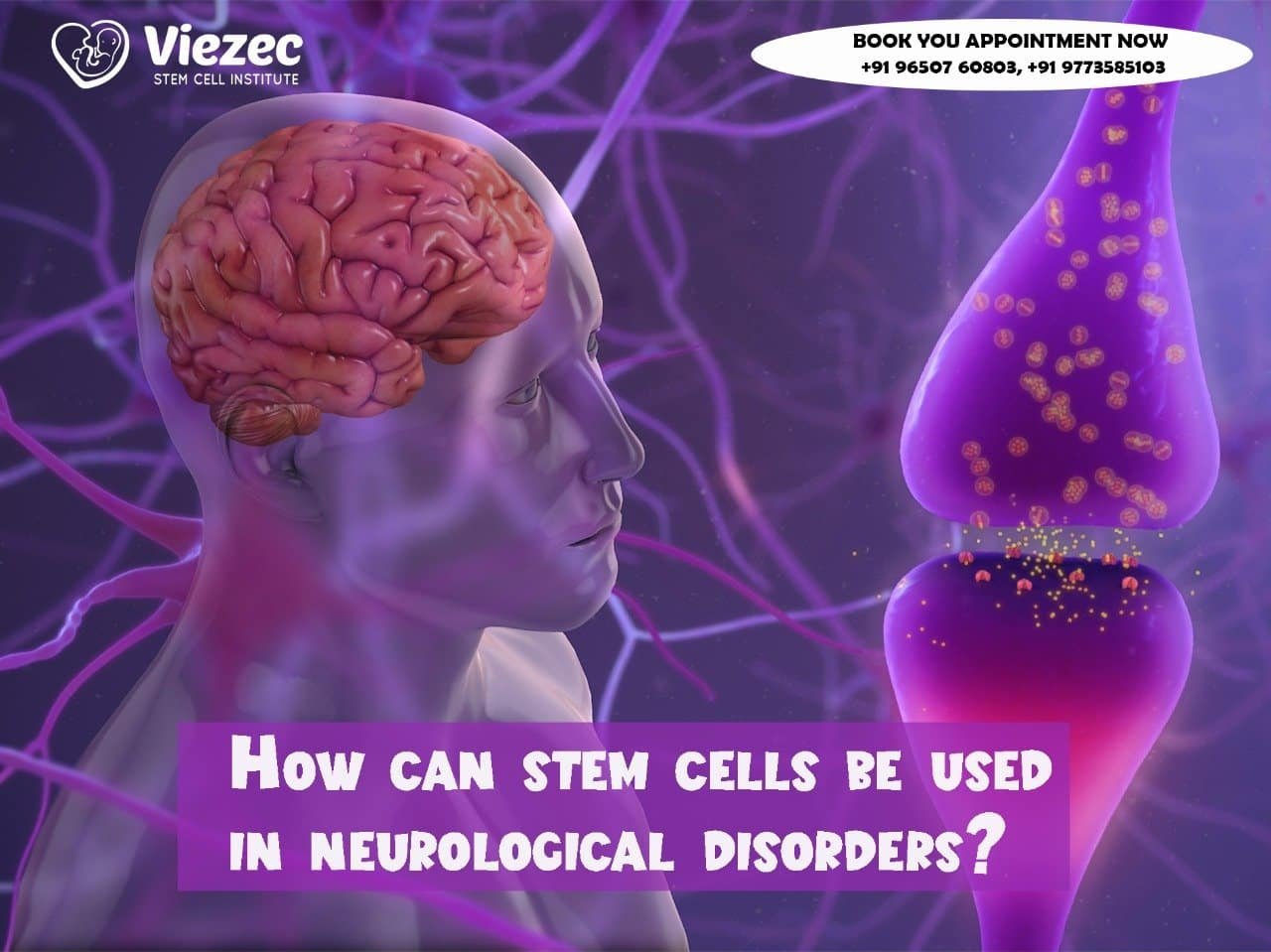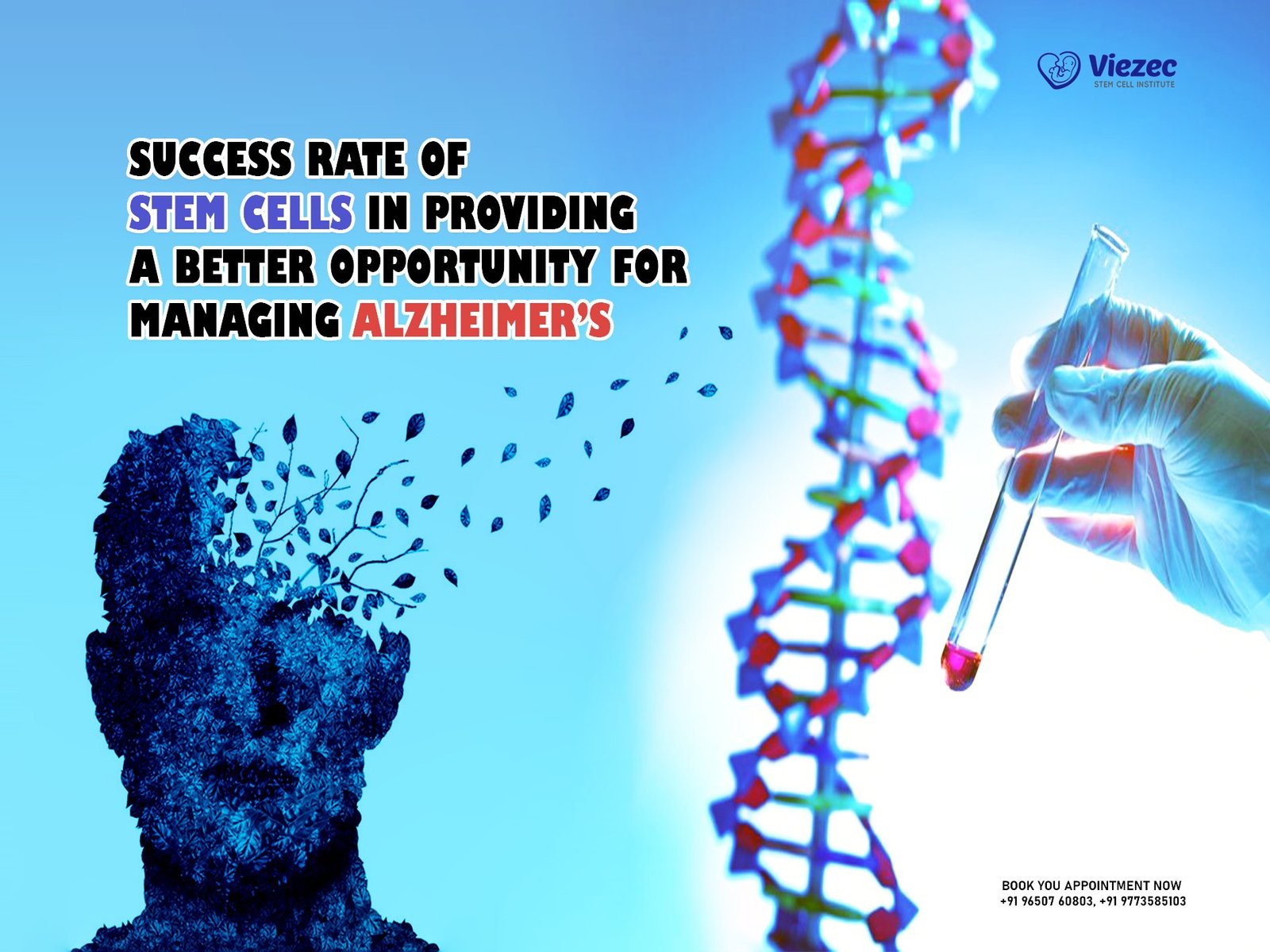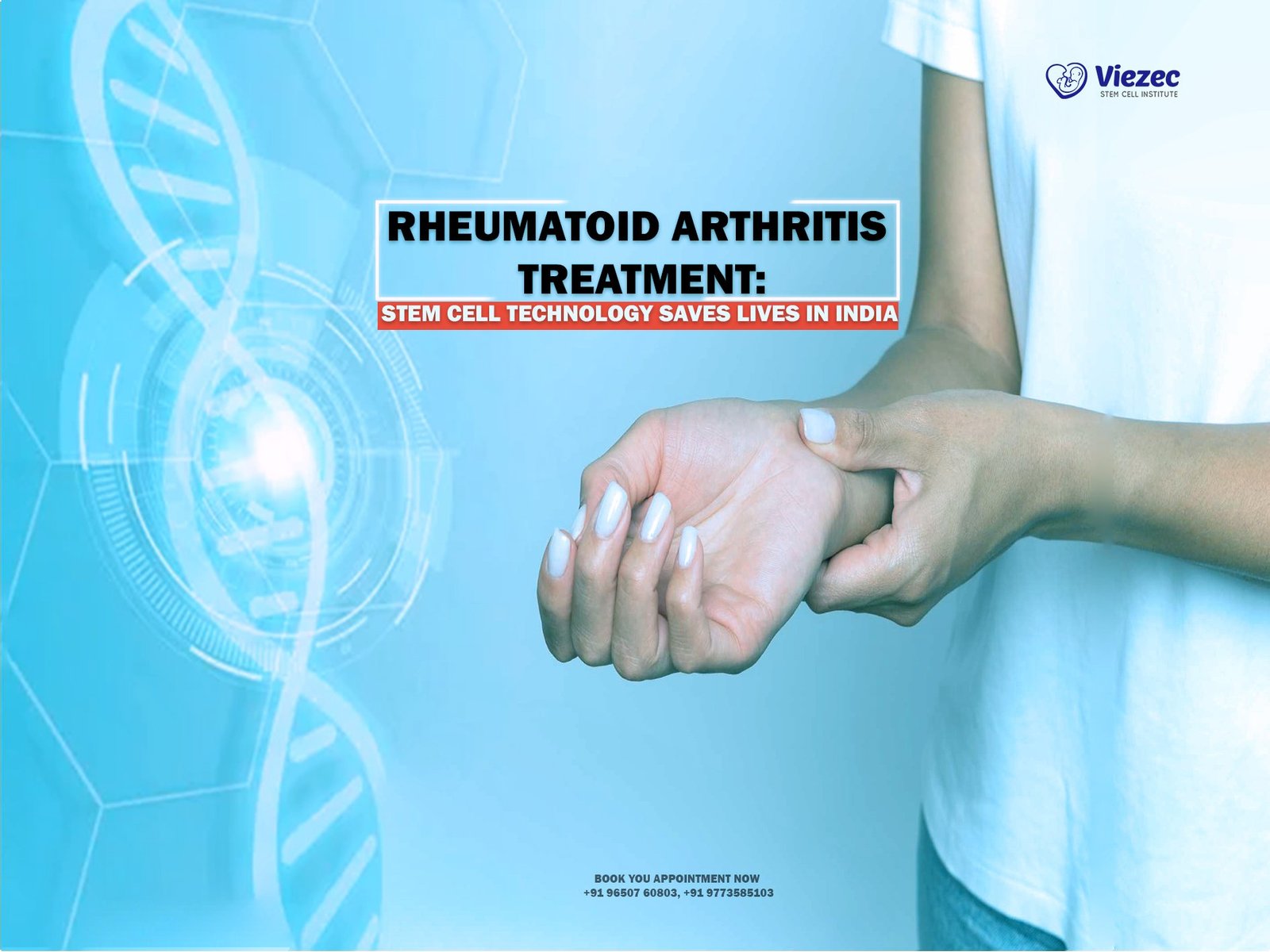The human brain is a marvel of complexity, with its intricate network of cells forming the basis of our cognitive abilities, emotions, and behaviors. Central to the development of this remarkable organ are stem cells, which possess the unique ability to differentiate into various specialized cell types. While the proper regulation of stem cell activity is crucial for normal brain development, dysregulation can lead to a range of neurological disorders. In this article, we explore the role of stem cells in shaping abnormal brain development and the implications for understanding and treating neurological conditions.
Understanding Stem Cells
What are Stem Cells?
Stem cells are undifferentiated cells with the remarkable capacity for self-renewal and differentiation into specialized cell types. They are classified into two main categories: embryonic stem cells (ESCs) and adult stem cells. ESCs are derived from the inner cell mass of the early embryo and have the potential to differentiate into any cell type in the body. Adult stem cells, also known as somatic or tissue-specific stem cells, are found in various tissues and organs throughout the body and play a crucial role in tissue repair and maintenance.
Neural Stem Cells
Neural stem cells (NSCs) are a specialized type of stem cell found in the nervous system, including the brain and spinal cord. They are responsible for generating the diverse array of cell types that make up the central nervous system (CNS), including neurons, astrocytes, and oligodendrocytes. NSCs are present in various regions of the brain, such as the subventricular zone (SVZ) and the subgranular zone (SGZ) of the hippocampus, where they continuously produce new neurons and glial cells throughout life.
Role of Stem Cells in Brain Development
Embryonic Brain Development
During embryonic development, stem cells play a critical role in shaping the structure and function of the brain. ESCs give rise to the earliest neural progenitors, which undergo proliferation, migration, and differentiation to form the basic architecture of the developing brain. This process is tightly regulated by a complex interplay of signaling pathways and transcription factors that dictate cell fate and determine the formation of distinct brain regions and cell types.
Postnatal Neurogenesis
While neurogenesis was once thought to occur exclusively during embryonic development, it is now known to persist throughout life in certain regions of the brain. In the adult brain, NSCs located in specialized niches continue to generate new neurons, particularly in the hippocampus and the olfactory bulb. This ongoing neurogenesis is thought to contribute to learning, memory, and olfactory function, and disruptions in this process have been implicated in various neurological disorders.
Synaptic Plasticity and Circuit Formation
In addition to generating new neurons, stem cells contribute to the refinement of neural circuits through processes such as synaptic plasticity and circuit formation. Synaptic plasticity, the ability of synapses to strengthen or weaken in response to activity, is essential for learning and memory and is influenced by the integration of new neurons into existing circuits. Stem cell-derived neurons also participate in the formation of functional connections with other neurons, thereby shaping the wiring of the brain.
Abnormal Brain Development and Neurological Disorders
Dysregulation of Stem Cell Proliferation and Differentiation
Abnormalities in stem cell proliferation and differentiation can disrupt normal brain development and contribute to the pathogenesis of neurological disorders. Excessive proliferation of NSCs can lead to the formation of tumors known as gliomas, which arise from glial cells in the brain. Conversely, defects in differentiation pathways can result in the improper formation of neuronal and glial subtypes, leading to structural and functional abnormalities in the brain.
Genetic and Environmental Factors
Both genetic and environmental factors can influence stem cell behavior and contribute to the development of neurological disorders. Mutations in genes involved in stem cell regulation, such as those encoding transcription factors or signaling molecules, can disrupt normal brain development and predispose individuals to conditions such as autism spectrum disorders (ASDs), intellectual disabilities, and epilepsy. Similarly, exposure to environmental toxins, infections, or maternal stress during critical periods of brain development can alter stem cell function and increase the risk of neurodevelopmental abnormalities.
Neurodevelopmental Disorders
Neurodevelopmental disorders are a group of conditions characterized by impairments in brain function that arise during early development and persist throughout life. These disorders, which include autism, attention deficit hyperactivity disorder (ADHD), and intellectual disabilities, are thought to result from complex interactions between genetic susceptibility and environmental influences that affect stem cell-mediated processes such as neuronal migration, synaptogenesis, and myelination.
Neurodegenerative Diseases
While neurodevelopmental disorders primarily affect brain development during early life, neurodegenerative diseases manifest later in life and are characterized by the progressive loss of neurons and synaptic connections. While the exact causes of neurodegenerative diseases such as Alzheimer’s disease, Parkinson’s disease, and amyotrophic lateral sclerosis (ALS) remain unclear, emerging evidence suggests that dysregulation of stem cell function may contribute to disease progression and exacerbate neuronal loss.
Therapeutic Implications
Stem Cell-Based Therapies
The unique properties of stem cells make them attractive candidates for therapeutic intervention in neurological disorders. Stem cell-based therapies hold promise for replacing damaged or dysfunctional cells, restoring neuronal function, and promoting tissue repair in the injured or diseased brain. Several approaches are being explored, including the transplantation of exogenous stem cells, the activation of endogenous stem cells, and the manipulation of stem cell fate to generate specific cell types for transplantation.
Challenges and Considerations
Despite their therapeutic potential, stem cell-based therapies face several challenges and considerations that must be addressed for successful clinical translation. These include issues related to the safety, efficacy, and ethical implications of stem cell transplantation, as well as challenges associated with cell survival, integration, and immune rejection in the host tissue. Furthermore, the complexity of neurological disorders and the heterogeneity of patient populations pose additional challenges for personalized treatment approaches.
Future Directions
Advances in stem cell biology, neurodevelopmental research, and regenerative medicine offer exciting opportunities for advancing our understanding of abnormal brain development and developing innovative therapies for neurological disorders. Future research efforts will focus on elucidating the molecular mechanisms underlying stem cell-mediated processes in the brain, identifying novel therapeutic targets, and translating preclinical findings into clinically relevant treatments. By harnessing the regenerative potential of stem cells, we may one day unlock new avenues for improving the lives of individuals affected by neurological disorders.
Make a Decision
Stem cells play a critical role in shaping normal brain development and maintaining neuronal function throughout life. Dysregulation of stem cell activity can lead to abnormal brain development and contribute to the pathogenesis of neurological disorders. By understanding the mechanisms underlying stem cell-mediated processes in the brain, we can gain insights into the etiology of these disorders and develop novel therapeutic strategies aimed at restoring neuronal function and promoting tissue repair. While challenges remain, the potential of stem cell-based therapies to transform the treatment of neurological disorders represents a promising frontier in regenerative medicine.









